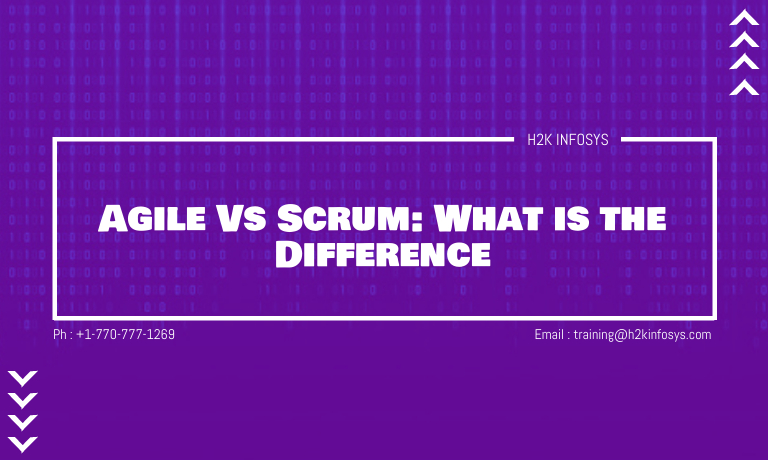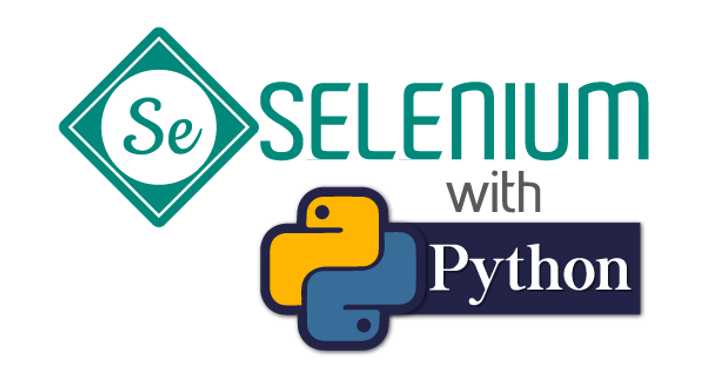Agile Methodology:
Agile methodology is a strategy that aims to continually iterate the development and testing of the SDLC process. Agile split the product into smaller structures.
Unlike other software development methodologies, in this approach, development and testing operations are parallel. It also facilitates collaboration and face-to-face contact. Businesses, stakeholders, creators, and customers must collaborate to create a product.
Scrum in Agile methodology
Scrum in Agile is a method that encourages product development teams to concentrate on delivering business values in the shortest period by analyzing current working software efficiently and repeatedly. It emphasizes on responsibility, cooperation, and iterative progression towards well-defined objectives. The Scrum System typically addresses the fact that at the beginning of the project, requirements are likely to change or mostly not defined.
Major Difference
- In the software development process, Agile is a continuous iteration of development and testing, while Scrum is an Agile process that focuses on delivering business value in the shortest possible period.
- The agile approach provides the software frequently for feedback while Scrum releases the software after each sprint.
- Leadership plays a crucial part in the Agile process; Scrum, on the other hand, promotes a self-organizing, cross-functional unit.
- Agile provides partnerships with members of diverse cross-functional teams and face-to-face encounters, while Scrum cooperation is done in regular stand-up sessions.
- The design and execution of the Agile process can be kept basic, while the design and execution of the Scrum process should be creative and experimental.
Difference between Agile and Scrum

The difference between agile and scrum are listed in the table below:
| Agile | Scrum |
| Agile is a methodology for development focused on iterative and incremental strategies. | Scrum is one of the agile methodology applications. In which incremental builds are shipped to the client every two to three weeks. |
| Agile software development has been commonly considered highly suitable to environments with a limited but experienced project development team. | Scrum is probably used in a project where the demand is changing rapidly. |
| Leadership plays a critical role in the Agile process. | Scrum promotes a self-organizing, cross-functional team. |
| It is a more rigid approach compared to Scrum. But there is not a lot of room for periodic revisions. | Scrum’s biggest benefit is its flexibility as it reacts to changes quickly. |
| Agile includes partnerships and face-to-face meetings with members of diverse cross-functional teams. | In Scrum, collaboration is achieved with a fixed role assigned to the scrum master, product owner, and team members in daily stand-up meetings. |
| Agile may involve a lot of up-front development and organizational change. | When implementing the scrum process, not too many changes are required. |
| The agile approach has to be delivered periodically to the end-user for feedback. | In the scrum, for feedback, a build is sent to the client after each sprint. |
| In this methodology, during the life cycle, every development phase such as requirements, analysis, the design is continuously monitored. | An overview of the functionality is provided at the end of each sprint. So that regular input can be gathered before the next sprint. |
| In the agile process, Project Head takes control of all the projects. | There is no team leader, so the problems or issues are addressed by the entire team. |
| The Agile methodology encourages feedback from the end-user during the process. The end product would be more efficient in this manner. | To decide the future progress of the project, daily sprint meetings are conducted for review and feedback. |
| Regularly deliver and upgrade the software. | The next sprint can be planned when the team is done with the current sprint activities. |
| It should be kept easy to plan and implement. | Development and execution can be both creative and experimental. |
| In the Agile process, by delivering continuous delivery of useful applications, the priority is always to please the client. | Empirical process control is a central Scrum process philosophy. |
| The most elementary indicator of success is working software. | Working software is not a basic metric. |
| It is better to provide face-to-face contact, and strategies such as these can be used to get as close as possible to this target. | The scrum team is committed to providing maximum business value from the start and throughout the project. |
| The Agile concepts are as follows:Welcome changing demands, even late in development. Agile procedures make improvements based on the competitive advantage of the customer. Throughout the project, business people and entrepreneurs will work on a routine basis. Paying attention to technical excellence and proper design increases flexibility Agile teams strive to become more successful so that they can change their actions according to the project. | The following are the principles of scrum: Self-organization: this results in a healthy sharing of responsibility among team members. It is also an imaginative and creative atmosphere that leads to development. Collaboration: Collaboration is another central concept that relies on collective work. 1. Awareness 1. 2. Collective and 3. Authorization. It also finds project management to be a collaborative value-creation mechanism with teams working together to deliver the best value. Time-boxing: this principle defines how time is a limitation in the Scrum system. Daily Sprint Planning and Review Sessions are an essential aspect of the time-limited components.Iterative Development: This concept emphasizes how to best handle improvements and create products that fulfill consumer requirements. It also determines the responsibilities of the organization regarding iterative Development. |



























